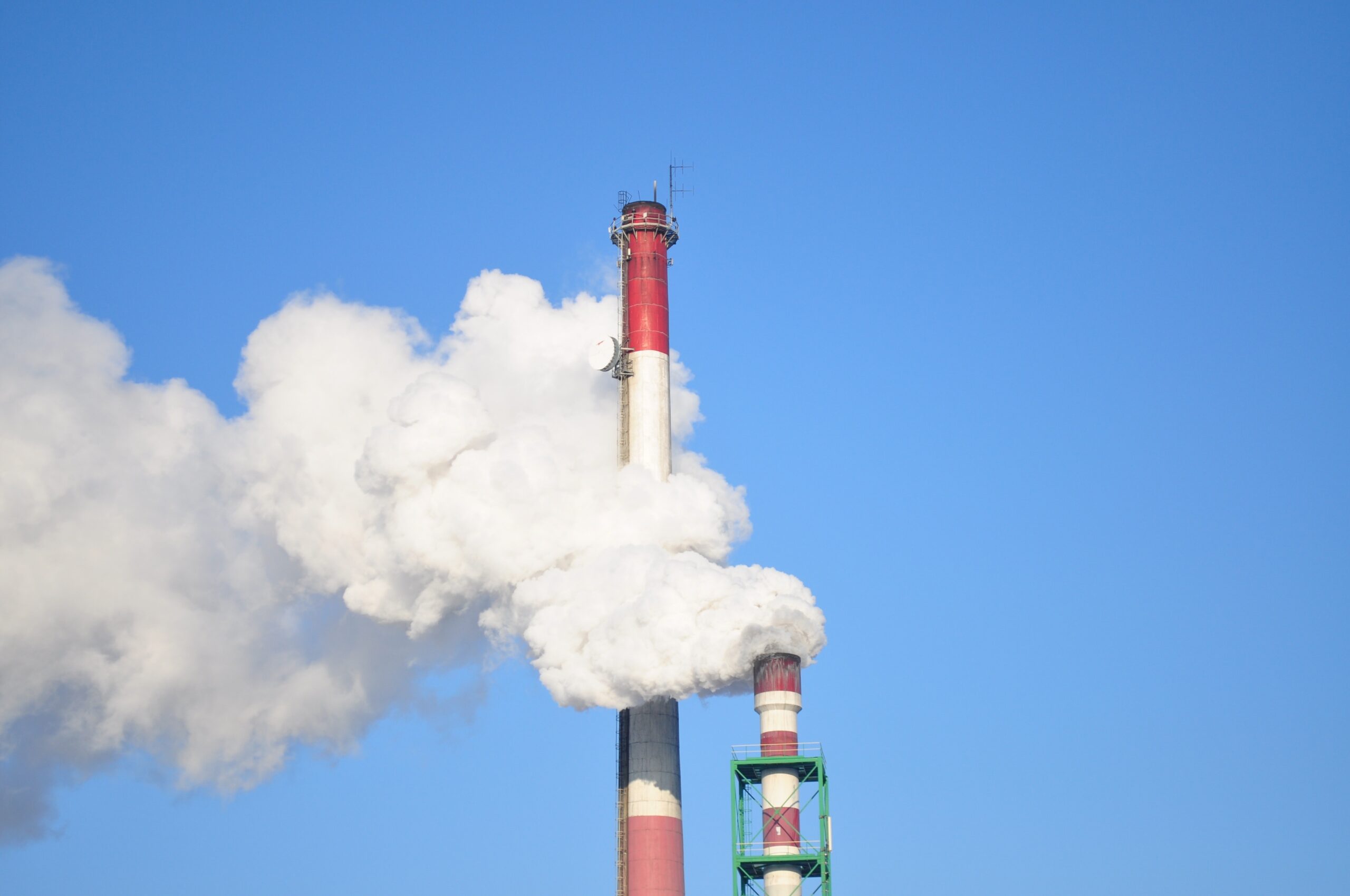How can international shipping align with 1.5°C? Focus on 1.5°C alignment in 2030
IMO’s GHG debates have centred on the fuel transition, which is key for the ultimate transition to zero emissions, but absolute emission reductions required this decade can mostly be unlocked with efficiency.

LNG use will not help the shipping sector achieve GHG reductions in the short term
“How can international shipping align with 1.5ºC? Focus on 1.5ºC alignment in 2030” was released by UMAS in April 2023.
Authors: Dr. Tristan Smith, Dr. Jean-Marc Bonello, and Akash Kapur.
The report reveals that using LNG in the shipping sector is insignificant in achieving GHG reductions in the short term. It further demonstrates how international shipping could align with the 1.5-pathway to meet 2030 targets using well-known and immediately available energy efficiency options.
“Industry is increasingly under pressure to align with 1.5ºC and has broadly embraced that this can only be achieved by a fuel transition. However, this may distract from the fact that significant gains in energy efficiency through technologies, including wind assist, and operational measures are needed this decade so start reducing GHG now. There are well known options, that will not see significant uptake without much stronger regulatory and voluntary focus and attention.
– Jean-Marc Bonello, Principal Consultant, UMASThe LNG supply chain is evolving under a business-as-usual scenario. From a life-cycle approach – accounting for emissions at different stages of the fuel life – this scenario results in a negligible impact on reducing greenhouse gas emissions. This report provides a tangible regulatory pathway that moves away from fuel-mix solutions, such as LNG, in the short term and towards energy efficiency improvements across the existing fleet, including operational improvements and retrofits.
Read the report to learn more.
For media inquiries please contact [email protected].